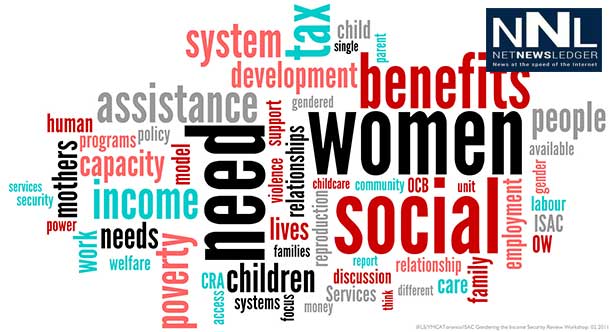
Ontario struggling with welfare usage rates
CALGARY – Ontario has growing welfare ranks. The rate of growth of people on social assistance in Ontario has increased faster, and the rates are continuing to climb. Those are some of the findings of a report from The School of Public Policy of the national rates of social assistance that has just be released.
In the Maritime Provinces, social assistance usage is only half what it was just 15 years ago and currently sits below any level observed in those provinces since 1970. “Remarkably, the rate of social assistance use in Nova Scotia, New Brunswick and PEI is currently below that in Ontario,” the authors write.
A report released today by The School of Public Policy offers a national scan of social assistance usage rates to identify trends amongst the Canadian provinces. Based on their analysis, Ron Kneebone and Katherine White conclude that Ontario has the biggest problem with welfare usage (over 7 per cent in 2012) – Alberta maintains the lowest usage rate (roughly 3 per cent in 2012).
To put Ontario’s problem in context, the authors compare its usage rate to Quebec’s. They write: “Despite being subject to similar economic forces, Ontario and Quebec have seen very different patterns in their respective social-assistance usage rates. In Ontario, social assistance use was traditionally much lower than in Quebec but this changed in the 1990s. Although both provinces suffered a serious recession in the early 1990s, the social assistance usage rate increased more and did so more quickly than in Quebec. In recovery, the social assistance usage rate has fallen steadily in Quebec and is today at the level it was in 1970. In Ontario, the social assistance usage rate fell but plateaued at a level higher than pre-recession levels. Today the rate in Ontario continues to climb, is higher than in Quebec, and is well above what it was in 1970.”
Kneebone and White acknowledge that several factors influence usage rates for social assistance. They note that in the mid-1990s the federal government halted its funding to the provinces for these programs. This resulted in a significant drop in the overall national usage rate up until the 2008 recession (from roughly 12 per cent in 1994 to roughly 6 per cent in 2008). They submit that the end of shared financing promoted province-specific changes in social assistance policies and that these changes produced the drop in social assistance usage.
Ontario’s current plight begs the question of whether policy missteps have played a role in the province’s high social assistance usage rate; specifically, whether their social assistance programs are too robust and encourage individuals to go on welfare as opposed to pursue other options.
Meanwhile, the West has seen a long downward trend following dramatic increases in the mid-1990s. By 2012, social assistance usage in all Western provinces had fallen well below that in Ontario and Quebec; in Alberta, for example, the rate is only half that in central Canada.
The report can be found at http://policyschool.ucalgary.ca/?q=content/rise-and-fall-social-assistance-use-canada-1969-2012









